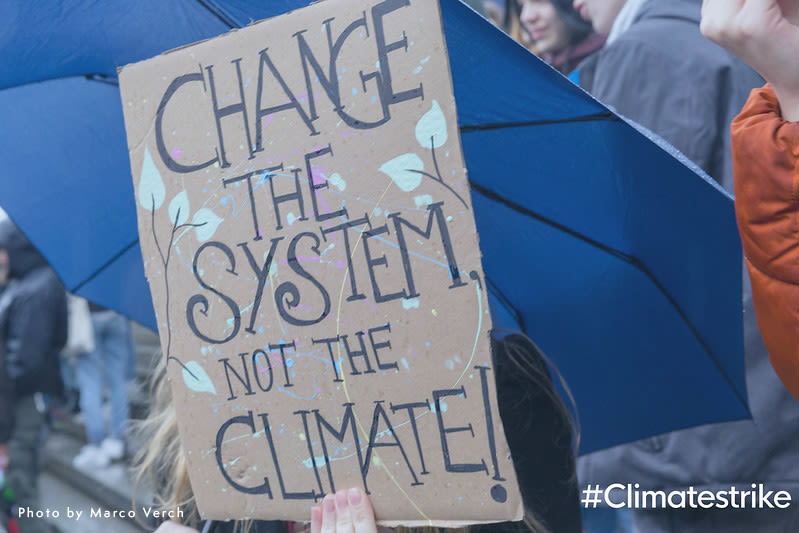
What’s the password?
Language and the inclusion of young people in policy spaces
Have you ever felt excluded in climate and peace policy spaces?
If so, you are not alone.
In a space like the Stockholm Forum for Peace and Development, communication is what it’s all about: we gather to listen, to speak, to exchange. However, we often pay little attention to how we engage with one another, despite the diversity in languages, experiences and knowledge that we bring to the conversation.
At the Life & Peace Institute (LPI), we have been reflecting on how language can serve to include as well as exclude in policy spaces. We believe that language creates, sustains and reflects power dynamics. It impacts who is and is not invited to the table, who has a voice and what influence they wield, and how people engage with one another. It also frames policy discussions and influences what is considered more or less important. In turn, language has an effect on what decisions are made, including who and what is funded.
Our reflection started in a few years back when we participated in the 2019 High-Level Political Forum (HLPF) on Sustainable Development in New York to observe the global peacebuilding community using the language of the field. We listened to what was said and what was not said, reflected on who was speaking, who was listening, who was present and who was not. The result is a report, in which we identify many challenges that we, as a peacebuilding sector, struggle to address.
Therefore, we want to work with others, to learn together. We want to collaboratively explore the means to transform the power dynamics and exclusions that are generated and reinforced through language, and in this exploration, promote more meaningful and inclusive engagement in policy spaces. This is our motivation for the questions we will bring to the Stockholm Forum. We want to understand how we can promote inclusion through language.
For the session with the Dag Hammarskjöld Foundation (DHF) and Interpeace, we have invited our session’s speakers—an invitation that we extend to the Forum’s participants—to reflect on the consequences of and solutions to certain key issues:
The use of jargon, specific language(s) and translation
Youth representation and portrayal in policy spaces
Siloed conversations on peace, climate change, conservation, human rights.
What information and knowledge is valued or not.
What roles are and are not assigned to young people in policy spaces – in particular, who is and is not invited into the analysis, policy making and the setting of funding priorities.
As part of the conversation, we also want to reflect on how language matters in how we connect to our environment and how inclusive conversations can help better connect people across their differences, including across generations and titles, and how they can translate into more support for youth-led efforts on climate, peace and conflict.
So, what are things we can all do to promote youth inclusion in climate and peace policy spaces?
We hope you will help us find out.
The LPI, DHF and Interpeace virtual event took place on 23 May 2022 during the Stockholm Forum on Peace and Development. You can watch the recording here.